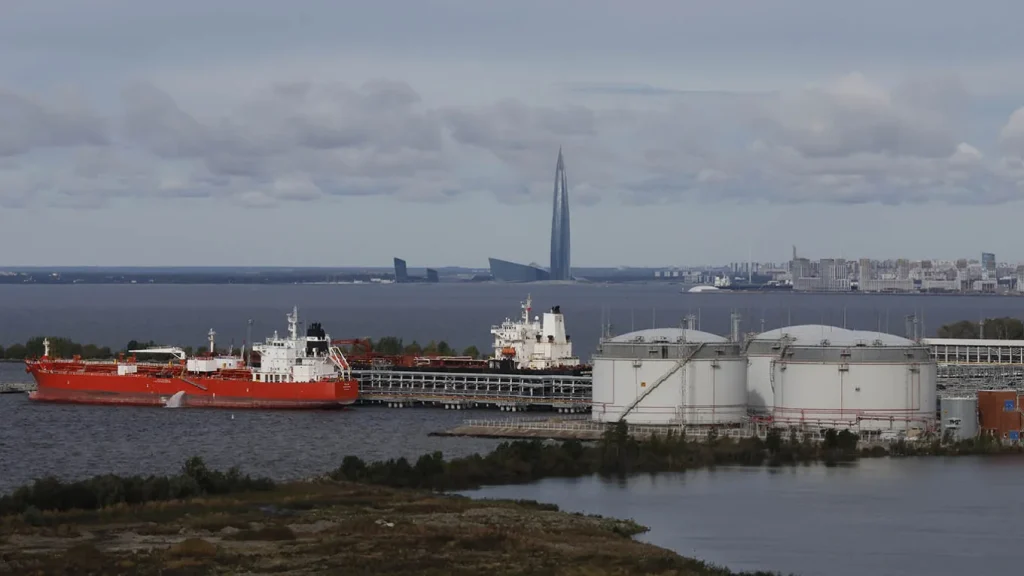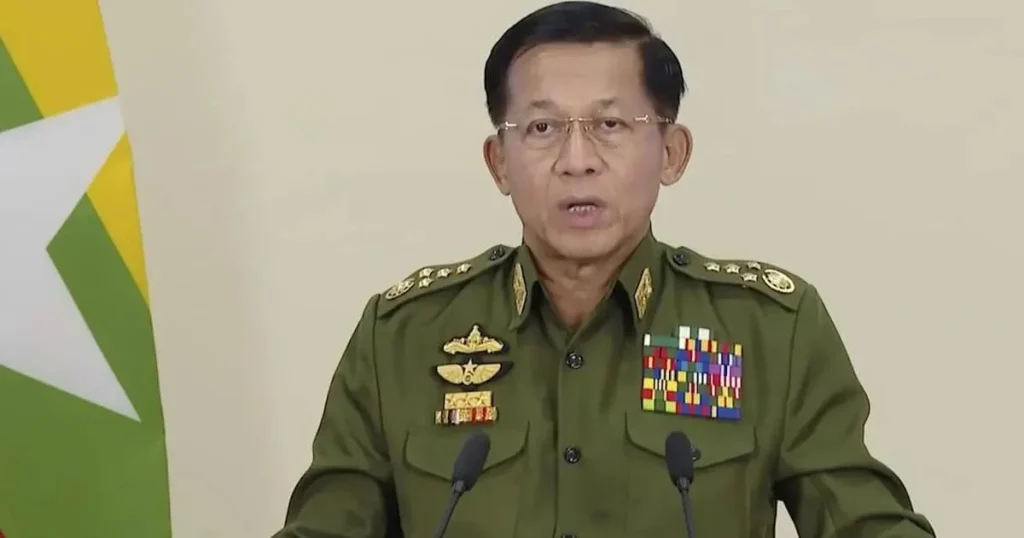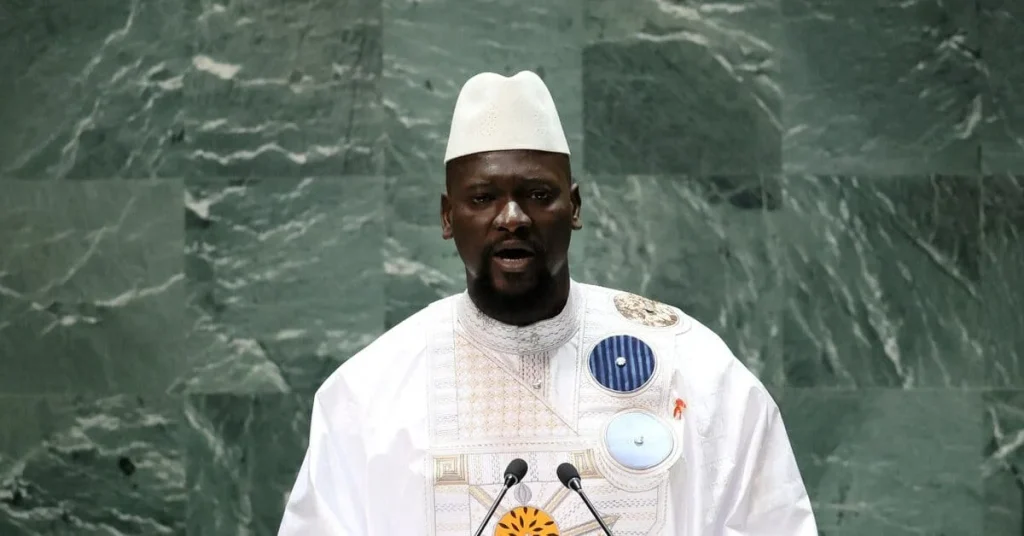India, the world’s third-largest oil consumer, is making a seismic shift that could reshape global energy flows.
On October 23, 2025, major Indian refiners announced plans to slash Russian crude imports by up to 60%, complying with U.S. sanctions on Rosneft and Lukoil, Russia’s top producers. This bold move comes as India grapples with punishing 50% U.S. tariffs on its exports half aimed at punishing Russian oil buys.
The stakes are sky-high: a potential trade deal with President Donald Trump could ease the pain, but only if India plays ball.
This isn’t just about oil it’s a high-wire act balancing energy needs, trade wars, and geopolitical chess that has markets buzzing.
Sanctions Squeeze Russia’s Lifeline
Trump’s October 22 sanctions target Rosneft and Lukoil, which supply 60% of India’s Russian oil imports. India’s daily intake of 1.7 million barrels from Russia has been a lifeline since Moscow’s 2022 Ukraine invasion, fueled by discounts amid Western bans.
But U.S. pressure is mounting, with Trump linking sanctions relief to an India-U.S. trade pact. Indian Oil Corp, Bharat Petroleum, and Hindustan Petroleum are reviewing deals, ensuring no direct ties to the sanctioned firms.
Reliance Industries, India’s biggest Russian buyer, is leading the charge, planning to end its 500,000-barrel-per-day Rosneft pact. “We’re aligning with government guidelines,” a Reliance spokesperson confirmed, eyeing Middle East and Brazilian alternatives to fill the gap.
The Economic Tightrope
The cut could hike India’s oil bill by 2% yearly, as market-priced crude replaces cheap Russian barrels. India relies on imports for 85% of its 5.5 million-barrel daily needs, and Russia’s discounts saved billions since 2022.
Now, with sanctions biting, refiners face higher costs, but the trade-off could be sweeter: a deal slashing U.S. tariffs on Indian exports, from textiles to pharma, worth billions.
Trump’s frustration boiled over after a failed Budapest summit with Putin. “Talks aren’t moving,” he said, slapping sanctions to force Moscow’s hand and India’s compliance.
Refiners on the Frontline
Private giant Reliance, run by Mukesh Ambani, is scouting spot cargoes from the Middle East and Brazil to plug the Russian gap. State-run refiners like Indian Oil are auditing documents to avoid sanctioned oil, even if bought indirectly.
“We’ll adapt,” one official said, but traders warn of supply squeezes if the cut is too abrupt. “It won’t hit zero overnight intermediaries will ease the transition,” a refinery insider noted.
Nayara Energy, Rosneft’s Indian arm, is also reviewing ties, potentially facing the sharpest hit. Indian refiners are bracing for a 20–30% drop in Russian volumes, scrambling to secure alternatives without spiking prices.
Global Market Ripples
The sanctions ripple far. Brent crude surged 4.92% to $65.81 per barrel on October 23, while WTI hit $62.01, up 5.99%.
Markets eye India’s pivot as a blow to Russia’s war chest, with Trump’s trade leverage adding unpredictability. Nigeria, Africa’s oil powerhouse, watches closely as global shifts could boost its exports.
Analysts see a silver lining: India’s compliance might unlock U.S. deals, easing tariff pain and stabilizing energy costs. But the transition won’t be smooth refiners warn of short-term hikes.
A Bold Bet
India’s oil pivot is a high-stakes gamble. Cutting Russian imports dodges U.S. tariffs, potentially unlocking billions in trade relief, but it risks higher bills and supply squeezes.
Trump’s aggressive play pressures Beijing too, with a Xi summit looming. As India navigates this storm, the world holds its breath will it pay off or plunge energy markets into turmoil? Nigeria’s oil players, from Lagos to Abuja, are glued to the action.
MORE NEWS: NLC Issues Ultimatum to Nigeria Government on University Talks






